12 easy plants for beginner gardeners to grow in your vegetable garden this growing season. These crops are hardy, simple to grow, and require little care. Each variety can also be used in so many different ways with your meal planning or enjoyed as a great summer snack.
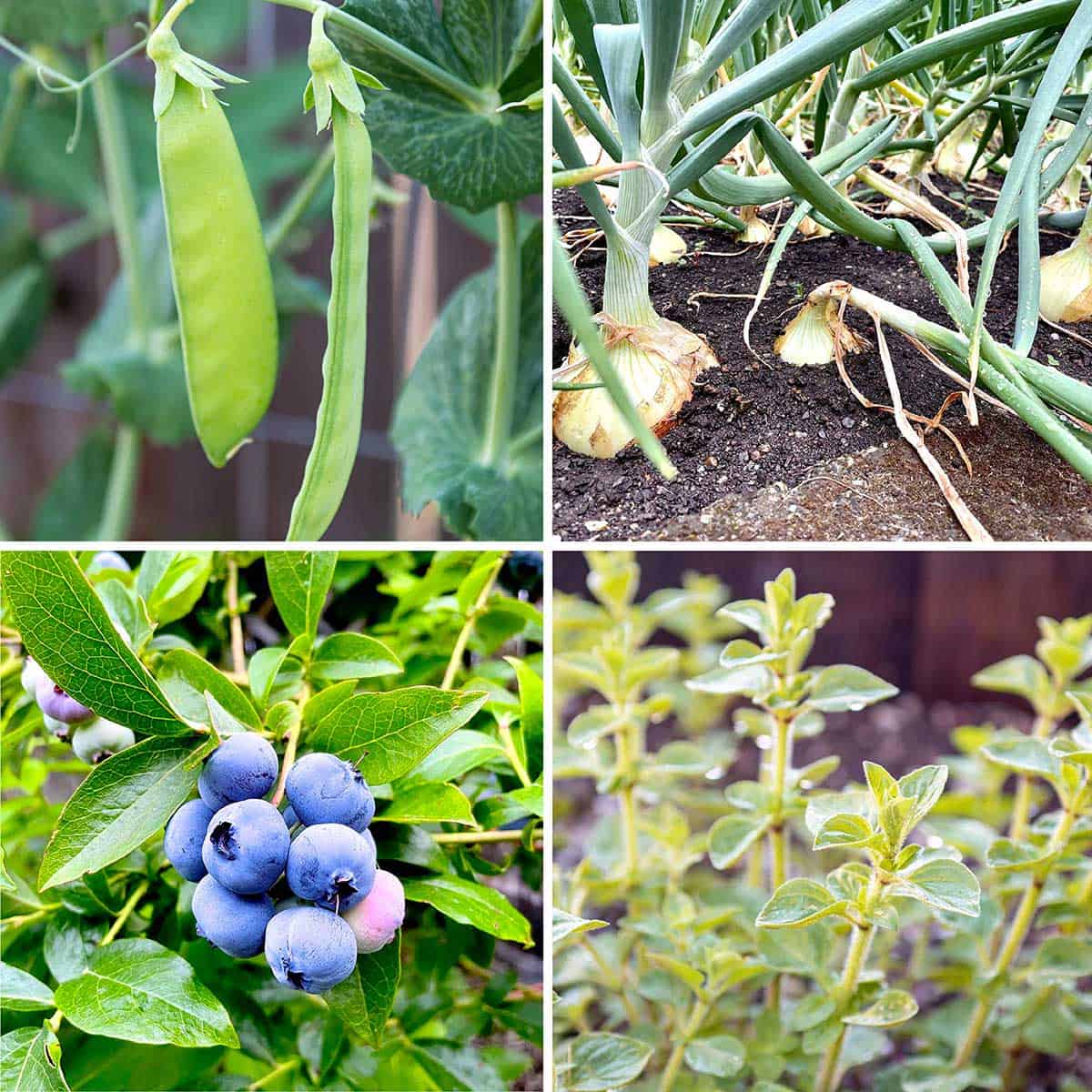
Whether you are just starting a garden or looking to expand an existing one, this list will give some inspiration on things you can include in your gardening plan this spring.
These ten things are not just easy to grow but also easy to prepare. I enjoy growing produce that can be used in lots of different ways or enjoyed right from the garden.
These are plants I have had personal experience growing for multiple years. They are the things I buy each spring and get a dedicated spot in the garden plot. I would suggest each one to new gardeners or those looking to expand their space.
Besides minor pruning, thinning, and basic care, these plants are low maintenance.
Whether you are planning a small garden, or transforming your yard into a garden oasis, here are some great things to get started with.
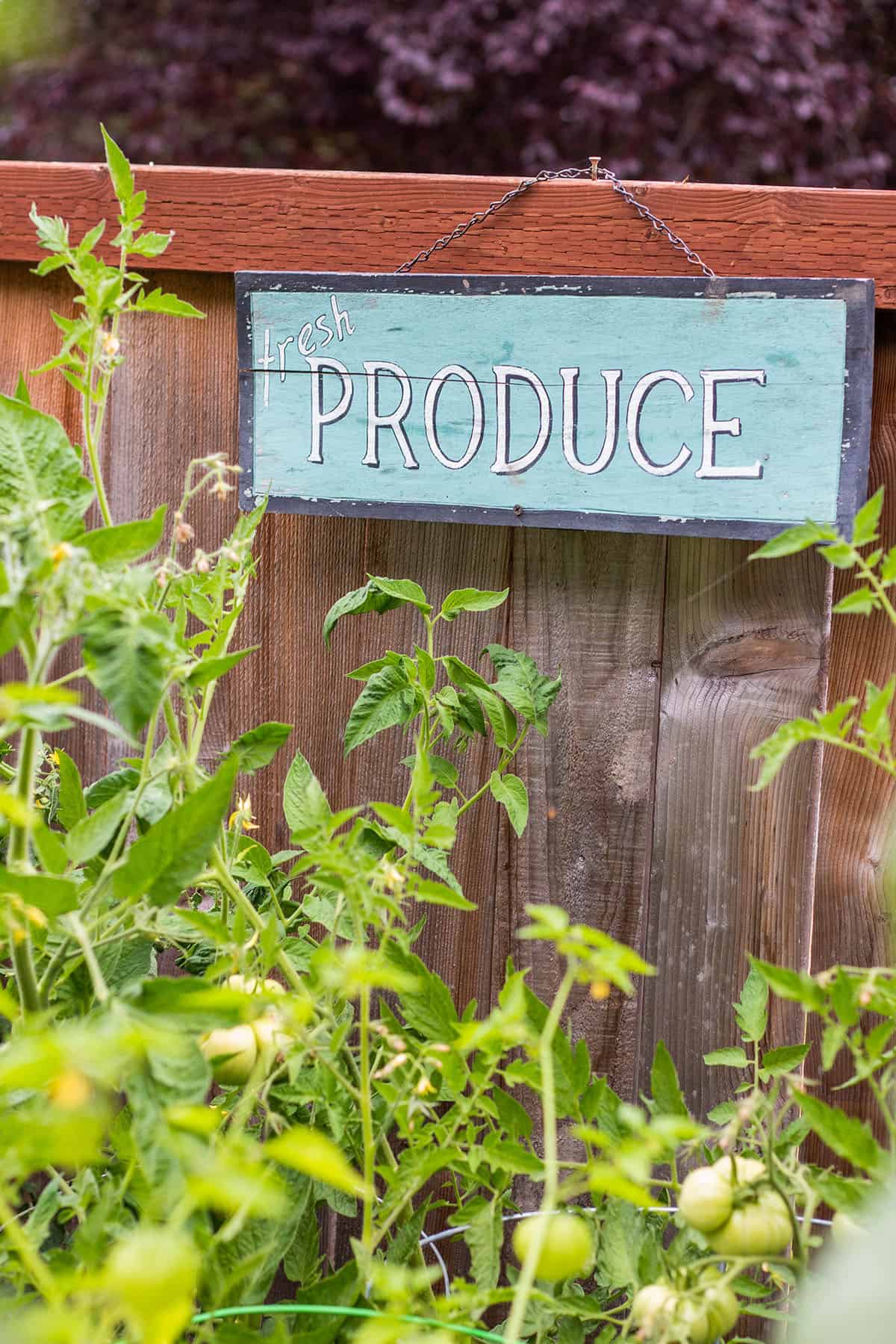
Important Note:
I am a Pacific Northwest gardener in zone 8b. We typically have a colder, wet climate in the early spring months and mild summers. What grows well for me may not be the same for you.
To make sure you are growing the right things for your area check out the USDA Plant Hardiness Zone Map.
Jump to:
📝Gardening Terms
If you are new to gardening here are some terms that may be helpful.
- Perennial Plants: These plants come back each season. They need to be planted once, will go dormant in the winter, and come back in the springtime.
- Annual Plants: Annuals need to be planted every year. They produce the fruit, go to seed, die off, and need to be removed and new seeds started the following year.
- Biennial Plants: Plants that live for two seasons or take two seasons to fully mature.
- Bolt: When a plant is under stress from a lack of nutrients or harsh weather it can "bolt" or send a stalk and flower from the plant which will drop seeds. When this happens the plant is unusable and needs to be removed.
- Go to Seed: This means the plant has flowered and the seeds are starting to drop. At this point, the plant will no longer produce fruit.
- Hardiness Zone: The geographical area based on weather conditions and climate. Find your gardening zone at USDA Plant Hardiness Zone Map.
- Organic Matter/Compost: Soil that has been made up of decaying plants and other microorganisms. It is full of nutrients which our growing plants need.
- Directly Sow: The seeds are planted straight into the garden beds vs. starting seeds indoors.
- Last Frost/First Frost: The last frost is the last predicted date that the temps will reach frosting temperatures in the spring and the first frost is when you can expect the weather to drop and frost again in the fall/winter.
Basic Gardening Tips
Quality Soil: Poor soil will lead to plants not receiving the nutrition they need. Make sure you are using soil that has a good compost with organic matter. Healthy soil will lead to healthy plants.
Watch the sun: Most plants will need 6-8 hours or more of sun. Check each plant to see the sun's requirements and then select the perfect spot.
Follow care information: Every plant is different. Make sure to check the seed packet or online info to make sure you are giving what each plant needs.
Watering Info: Some plants love water and need lots of it while others may only need a light watering each week.
Zucchini
If you want to boost your gardening confidence right away start with a zucchini plant or two. Zucchinis are extremely easy to grow and produce tons of fruit throughout the season.
Your refrigerator (and possibly your neighbors) will be overflowing with fresh zucchini.
Zucchini plants grow fast and need a larger area to expand. The fruit grows rapidly as well, so be sure to check it often or they will quickly increase in size.
Zucchini is very versatile, and well-rounded, and can be used in many different ways. It's great to grill, bake, used in stir fry's, soups, or added to baked goods. My favorite recipes are my sourdough zucchini bread or these zucchini tuna melts.
Zucchini seeds can be sowed directly into the ground, once weather permitting, or started in pots and then transferred.
Tips for growing zucchini:
- Plant in full sun
- Use well-draining, fertile soil
- Give them lots of room to grow
- Harvest often! Don't wait for them to get too big.
Summer (Yellow) Squash
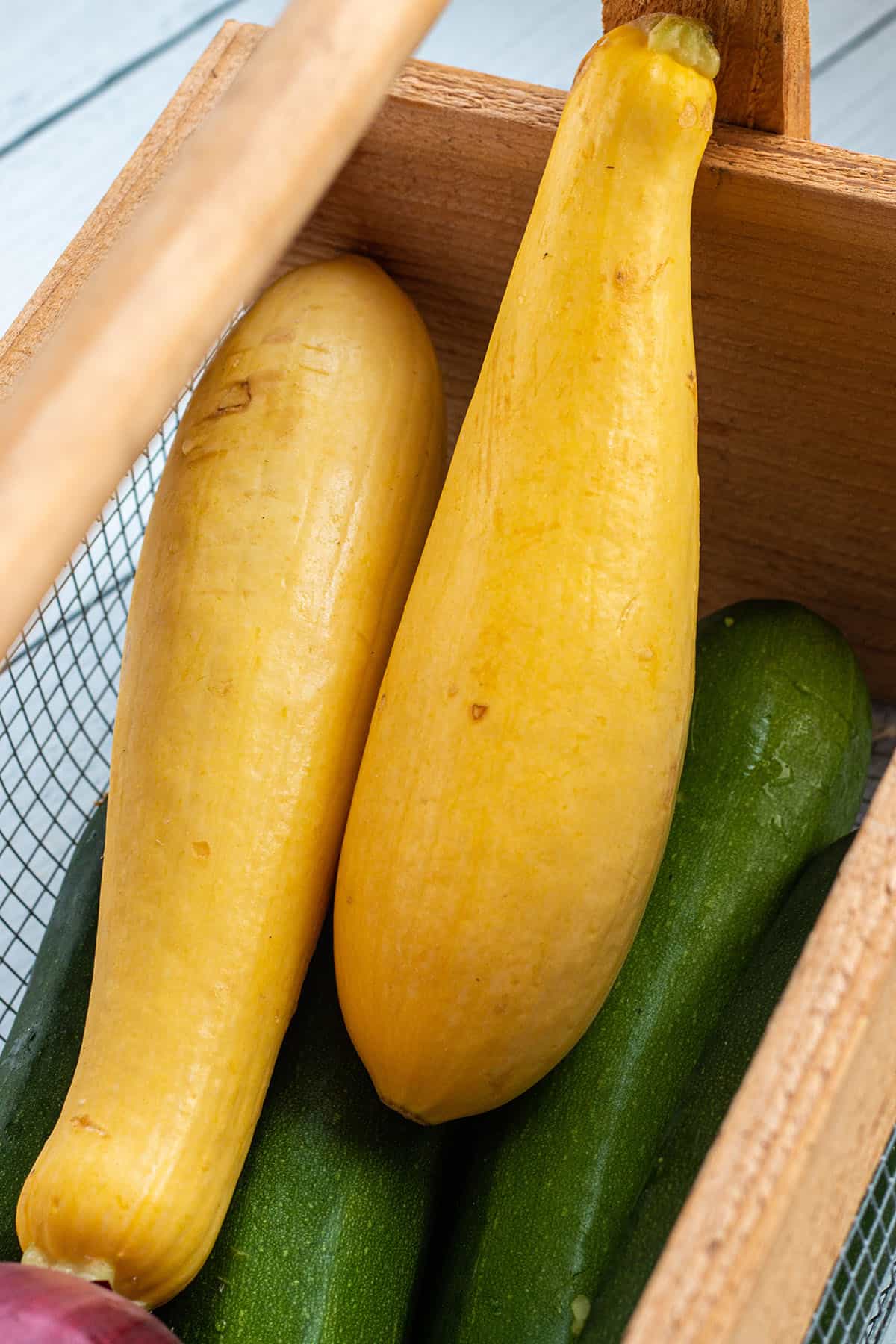
Very similar to zucchini, summer squash is a very hardy plant and will produce tons of fruit over a long season. Harvest regularly and you will have a never-ending supply of fresh yellow squash to add to your dishes.
Pair it with your zucchini, tomatoes, and onions to make a ratatouille or summer stew. Or toss with olive oil, salt, and pepper and throw on the grill.
Pair it with your zucchini, tomatoes, and onions to make a ratatouille or summer stew. Or toss with olive oil, salt, and pepper and throw on the grill.
Peas (Snow and Sugar Snap)
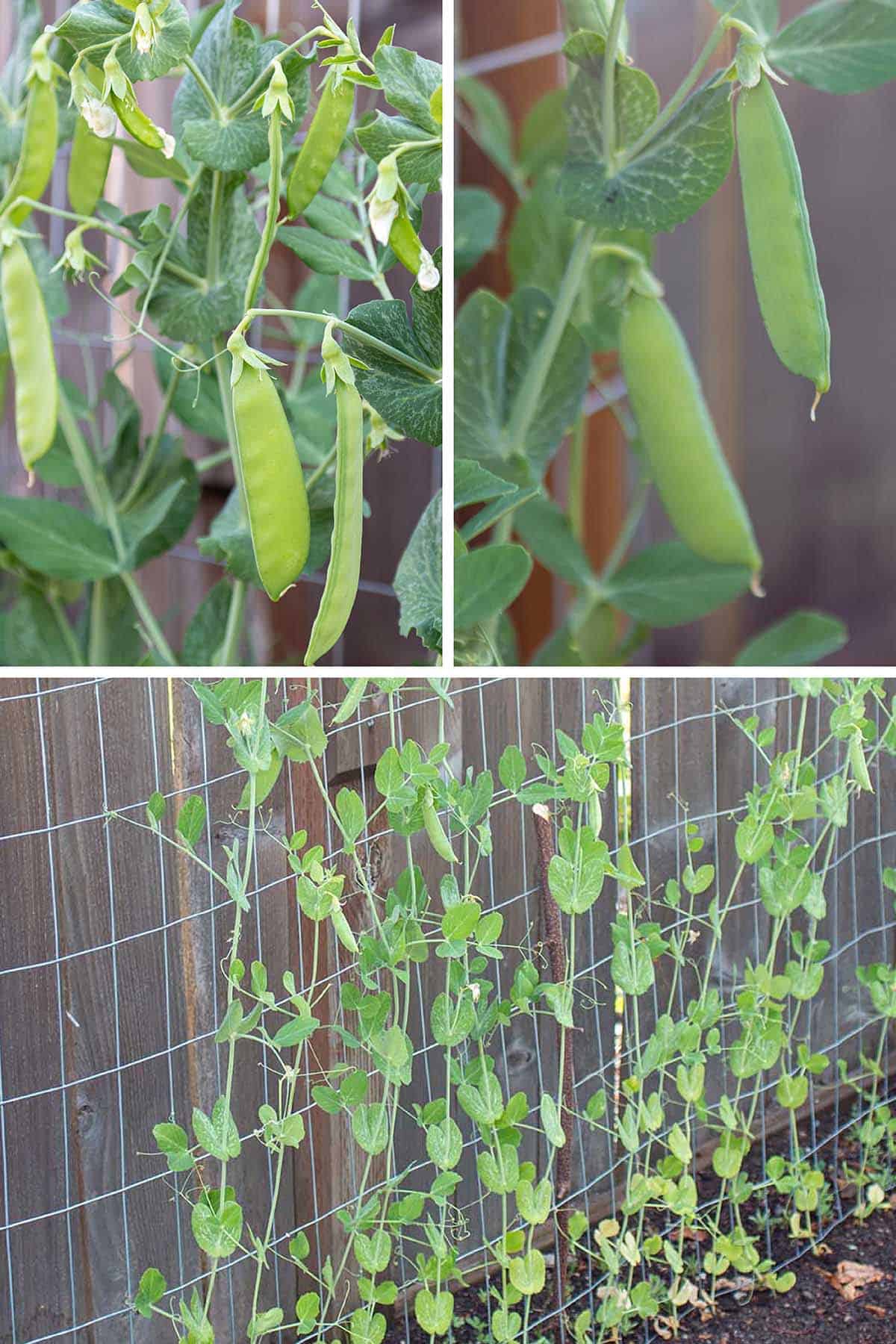
Peas are a great plant to add to any vegetable garden. The kids love getting to pick them throughout the spring and summer and they are also great to incorporate into salads and snack boards.
In my experience, they are also one of the easiest vegetables to grow in my garden. While they do not produce quite as much as other plants they are always the first thing to start harvesting.
Peas are very tolerant to colder weather so they make a great first plant to get started. I planted peas as early as February - March, well before my last frost, and they still thrive.
Typically I start with pea plants and by the time they are done for the season, it's time to add something in its place.
Once you have a homegrown sugar snap pea, the ones from the grocery store will never taste the same.
Learn the difference between sugar snap and snow peas to determine the best kind for your garden.
Peas can also be planted a second time before the first frost for another fall crop.
Both varieties need support. So a trellis or climbing pole is needed to support growth. Because they grow vertically this also maximizes your space. If you harvest the peas often, another round will start to grow.
Tips for growing peas:
- Provide support early: Peas are climbers and need something to trellis on.
- Plant in full sun: 6-8 hours of direct sunlight.
- Plant in well-draining soil with organic matter.
- Harvest often: Pick peas regularly. This will signal new peas to start growing.
Green Beans (Pole or Bush)
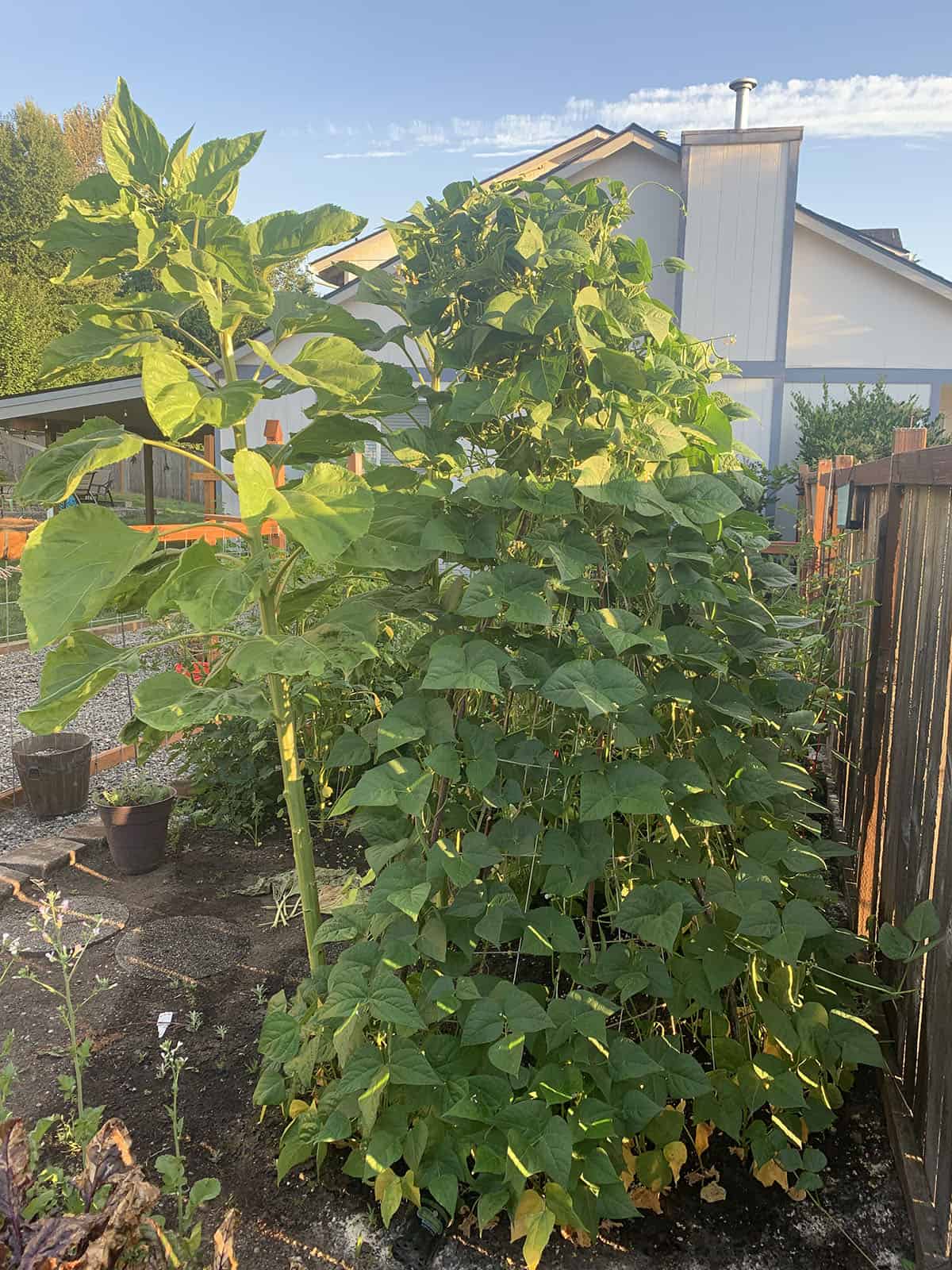
There are two types of beans you can add to your garden. Pole and bush beans. What is the difference between the two? It has to do with the support they need to grow.
Pole (or runner) beans need a taller support structure like a pole or trellis.
They grow vertically which is great if you are looking to maximize your space because they grow up, not out. They can get as tall as 6'-7'!
Bush beans do not run but rather grow in one bush that gets only a couple of feet tall and wide. They can become top-heavy so you may need to support them with a gardening steak.
Either variety is very easy to grow and when harvested regularly will produce huge yields.
Green beans are a great choice if canning and preserving are some of your goals. They are also great as a side dish, grilled, or in a stir fry.
Tips for growing green beans:
- Plant in well-draining fertile soil.
- Plant in full sun. At least 6-8 hours.
- Wait for the last frost to plant.
- No pruning is needed, but harvest regularly.
- Bush beans are great for containers, but pole beans need more room and a trellis to support growth.
Carrots
Another cold-tolerant plant that is great to get started right away is carrots. They can be sown directly in the ground before the last frost and can be harvested throughout the summer.
Plant a second crop a few weeks before the first frost and enjoy the second round in the fall/winter or wait to harvest until the next spring.
Carrots require soft, fertile soil to grow and need to be thinned out as they start to sprout. This makes them perfect for container gardening.
Who doesn't love carrots? They can be used in so many different ways. Eaten fresh, added to soups, pickled, roasted, and even canned.
Tips for growing carrots:
- Grow in a raised bed vs. the ground.
- Start at the end of winter and again in late summer for a fall crop.
- Do well in sandy soil.
- Directly sow carrot seeds in the garden. They do not transfer well.
- Plant in a sunny location in fertile soil.
- Plant 2-3 weeks before the last frost date.
Lettuce (or other salad greens)
Lettuce and other leafy greens are very popular items to add to gardens. When harvested at the right time they are just so crisp and fresh.
Lettuce grows fast and can be harvested in large quantities or just a few leaves as needed.
Lettuce is another cold crop plant and enjoyed the spring and early summer months. Once it gets too hot, lettuce will quickly bolt and go to seed. Plant new seeds every two weeks to have continuous plants.
When harvesting lettuce the best practice is to eat the outer leaves as needed, leaving the center. The plant will continue to grow and produce more, extending its life.
Tip for growing lettuce:
- Plant in partial shade.
- Does well in cooler temps in spring and fall.
- Do not let the soil get too soggy.
- Some varieties can be harvested regularly and the plant will continue to grow more leaves.
Tomatoes
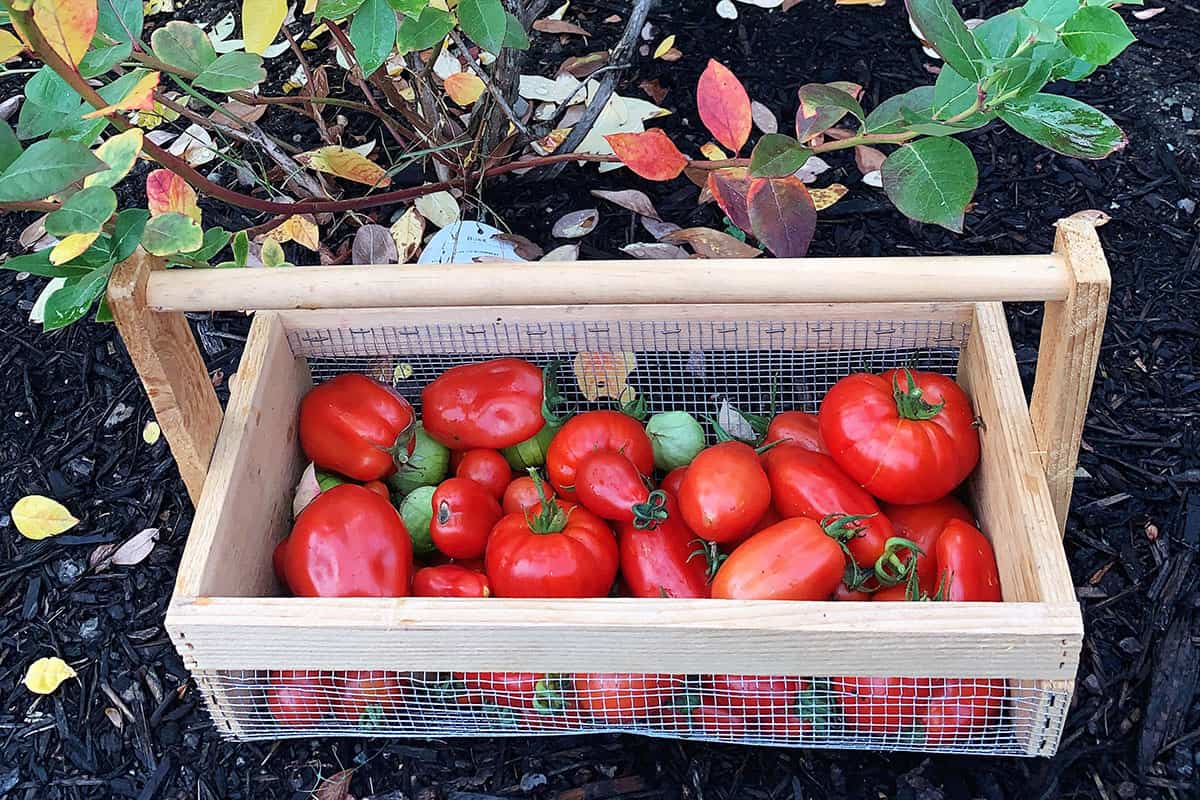
I am wholeheartedly convinced there is nothing better from the garden than a fresh, organic, homegrown tomato. Berries are a very close second, but the tomato still wins.
If you plant anything in your garden make it a tomato plant.
Tomatoes are probably the most common plant home gardeners grow. They grow great in containers or directly in the ground, making them perfect for any space.
Following basic care instructions you will have a healthy plant with tons of fruit.
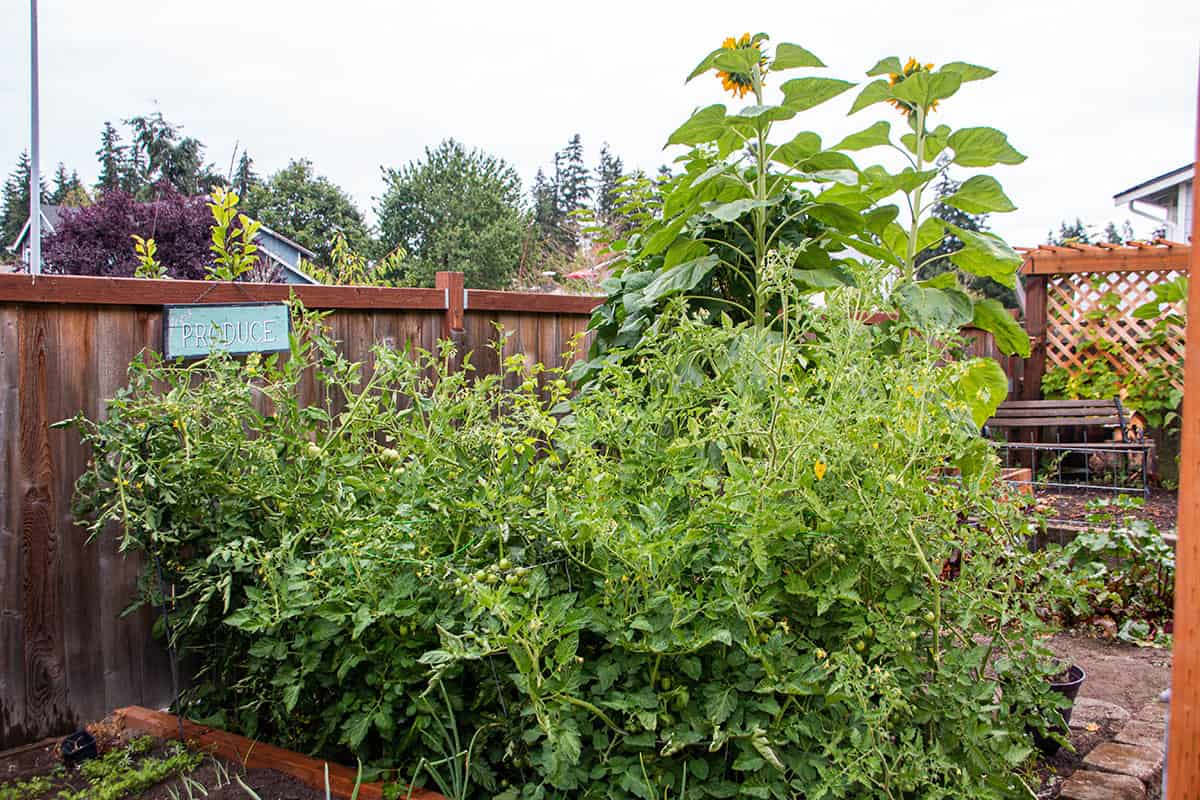
They can be made into salsas, sauces, left whole, crushed, or pureed.
Tomatoes also come in such fun varieties. Cherry, Roma, beefsteak, grape, san Marzano, and unique varieties like chocolate cherry or Mister Stripy. The list just keeps going.
If you are just looking for things to pick and eat, cherry and grape tomatoes are great choices and a hearty beefsteak would go great with a burger.
Tips for growing tomatoes:
- Start seeds indoors 6-8 weeks before the last frost and transfer outside in late spring after the danger of frost has passed.
- Lots of sun! Tomatoes love the sun so plant in a nice sunny spot.
- Can go in large containers, raised beds, or in the ground in fertile well-draining soil.
- Does require some pruning.
Radish
Are you an impatient gardener? When seed packets say 60, 80, 90, or 120 days to harvest, how do you enjoy the fruit of your labor in the meantime?
Want an almost instant reward from your garden? Plant a radish!
In just 21 days from plant to harvest, you could have a fresh radish to top a dish or add to a pickling brine and enjoy for weeks.
Radishes not only take very little time but also take up a small amount of space and require little care. Plant new seeds every two weeks and you will have a summer-long supply of fresh radishes.
Tips for growing radishes:
- Plant in early spring and again in the fall.
- Can be grown just about anywhere and with other plants.
- Thin starts to 2-3" apart.
Beets
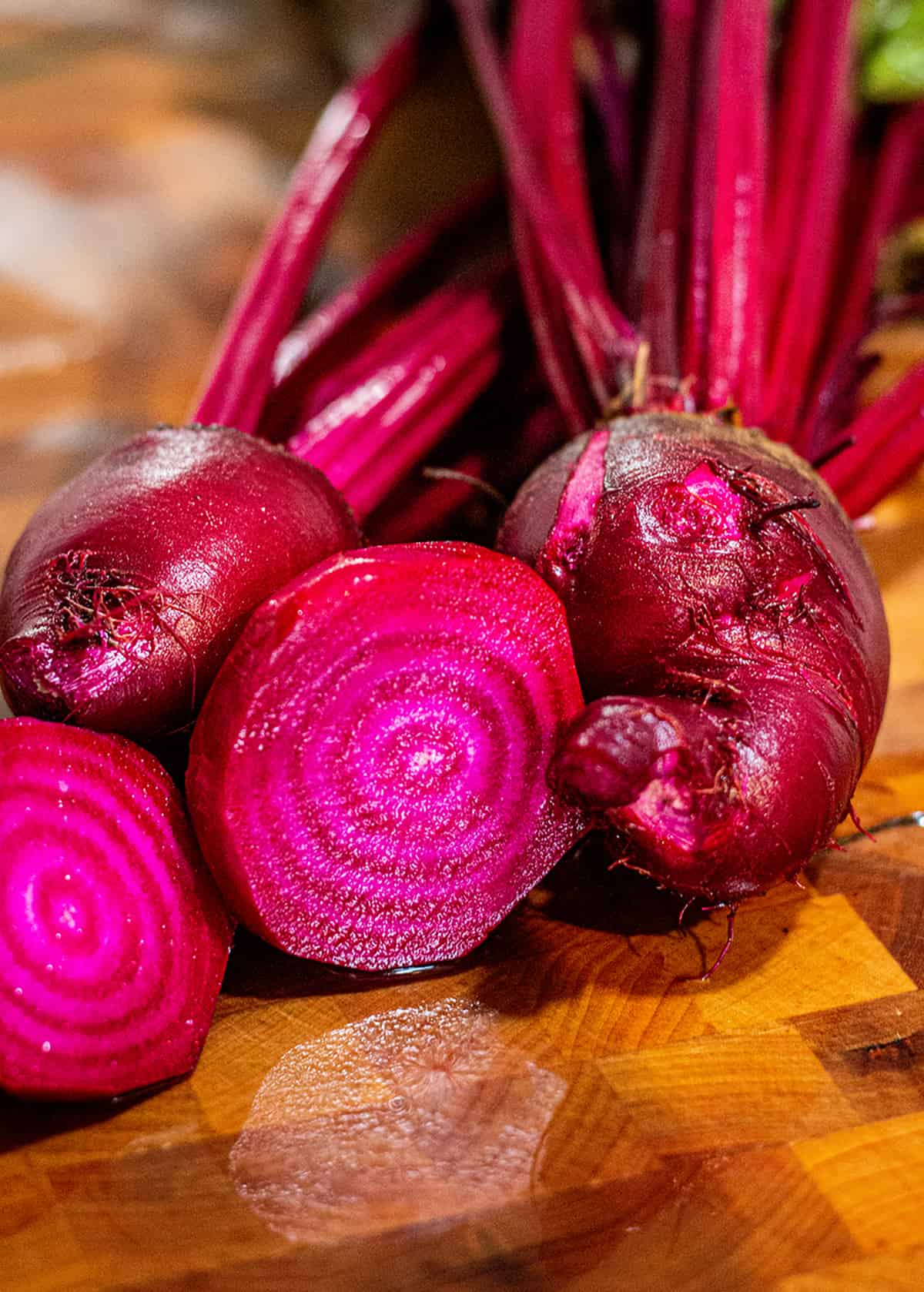
I never consumed beets regularly until I grew my own. And to be honest, they changed my entire perspective on this vegetable!
I have only grown beets a few times but am always surprised by how quickly they grow and how great they taste.
They are also a cold-weather crop so they can be sown directly into the ground relatively early and need very little care.
Plant new seeds every two weeks and you will have fresh beets all summer for grilling, pickling, canning, or adding to this beet and blueberry smoothie. Yes, a smoothie. Give it a try!
And that color! Beets are just so pretty and add a pop of color to whatever you are making.
The stems and leaves are also edible and can be cooked up and enjoyed. Like this sauteed beet greens recipe.
Tips for growing beets:
- Space 3-4 inches apart.
- Plant new seeds every 2-3 weeks to have an endless supply.
- Can be harvested at just about any size.
- Plant in loose, fertile, and well-draining soil.
- Great for raised beds or containers.
Onions
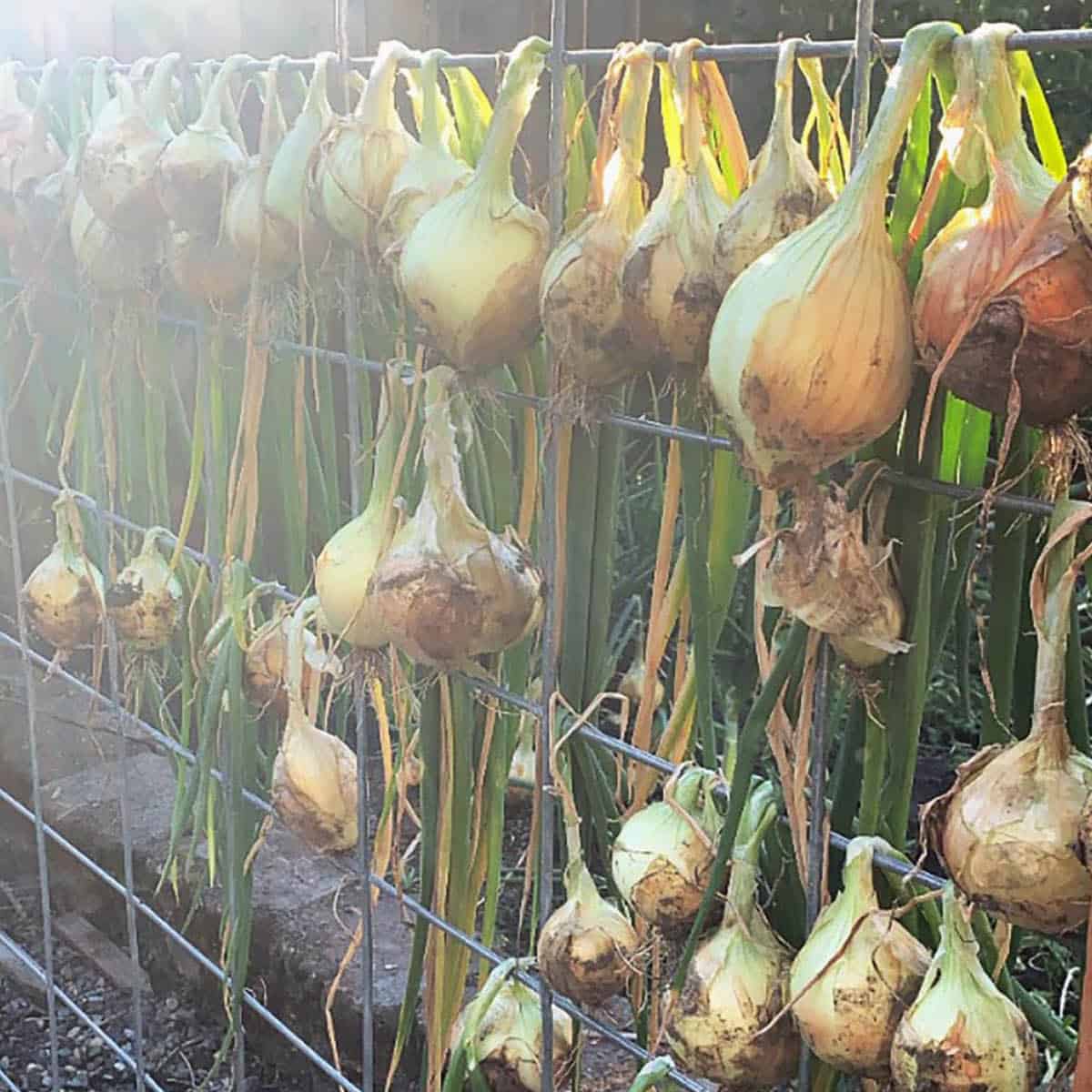
Onions are great to add to any garden for lot's of reasons. They are very easy to grow, unique when it comes to harvesting, and used in just about everything.
Most plants require the fruit or veggie to be at a certain level of ripeness before it can be harvested. Not an onion. Onions can be picked at any time.
They can start to be harvested just after a few weeks to be used as green onions or wait until they are full size, and any in between. I love onions in my garden because I can pick them throughout the season to use in my cooking.
Once they are at the end of their season, if harvested properly, onions can last for months in a cold dark place.
If you have an abundance of onions in your garden, use them in French Onion Soup. You won't be disappointed!
How to Grow Onions:
Berries
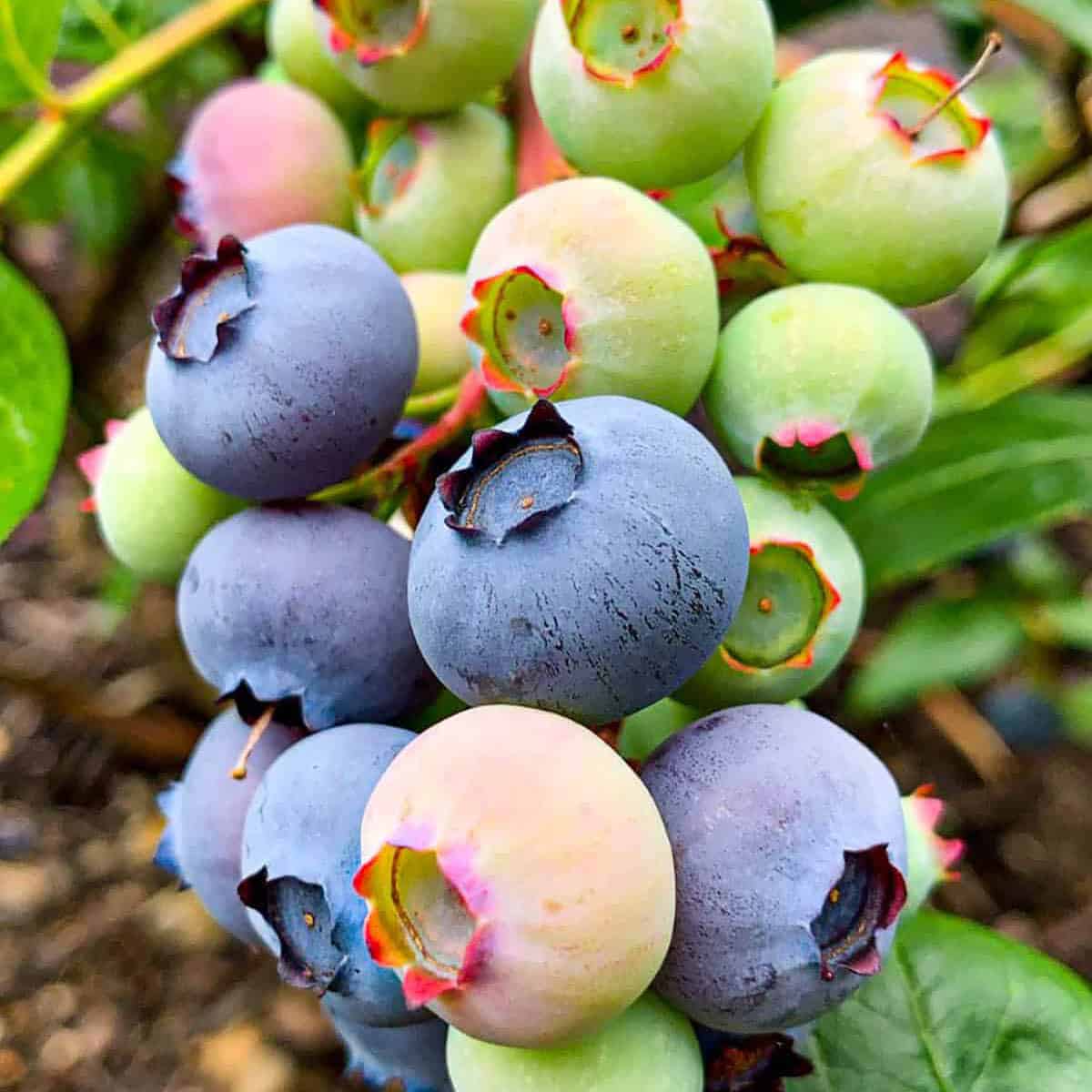
Berries are a great addition to any garden space. Blueberries, raspberries, strawberries, and even blackberries are simple to care for and produce tons of fruit each season.
Unlike the other plants talked about, berries are perennials. This means they only need to be planted once and then will come back bigger and better each season.
Berries are simple but do require more care, such as pruning either at the end of the season or at the beginning of a new season.
Learn more about how to grow blueberries or how to grow raspberries in your backyard garden.
Herbs
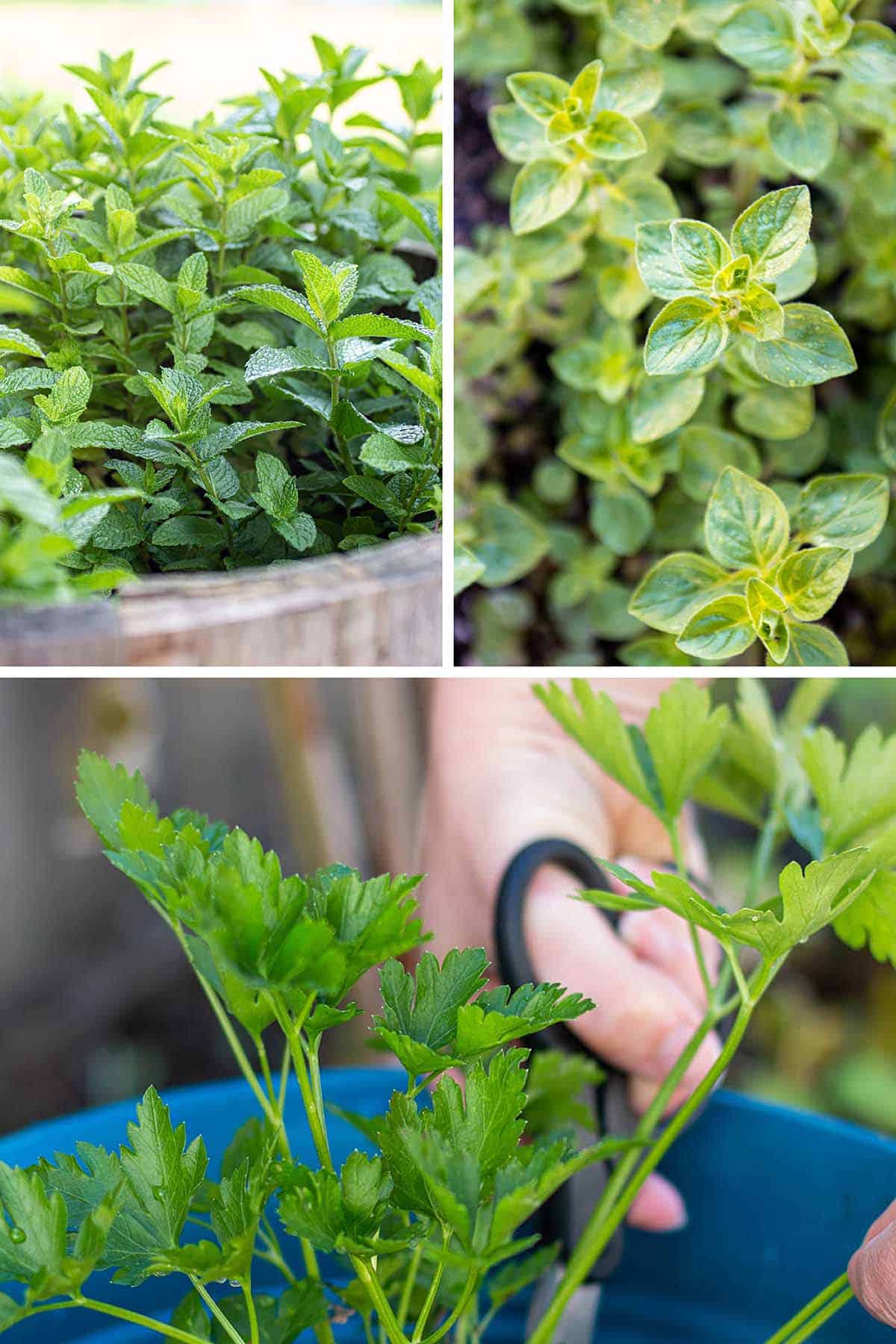
Herbs are a great plant to start with, especially if you have a small space. They can be grown in pots, on a windowsill or in your main garden.
It's a small plant that can add endless flavor to your dishes. Some herbs come back every year, bigger and better each season (perennials) and others are small plants that need to be replanted each year.
Herbs are also great for preserving. They can easily be dried and used throughout the year.
The best way to grow herbs is in pots or containers, but they can also go directly in the garden.
Get more info on growing and storing herbs:
Did you find these 12 plants for beginner gardeners helpful? Are you inspired to take something new on? I would love to hear about it! Leave a comment below with what you are excited about growing this season!
*Let's Connect! Follow along on Instagram, Pinterest or subscribe to receive emails!


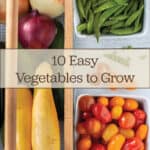
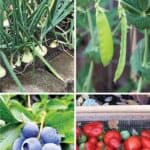
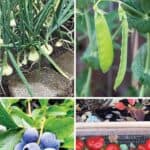
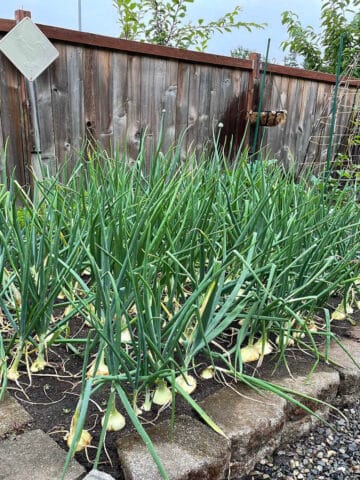
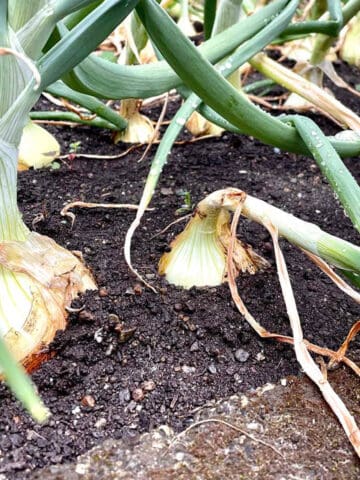
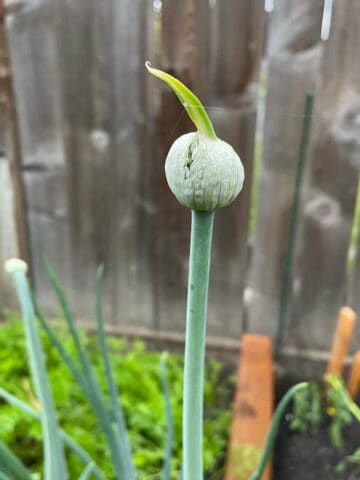
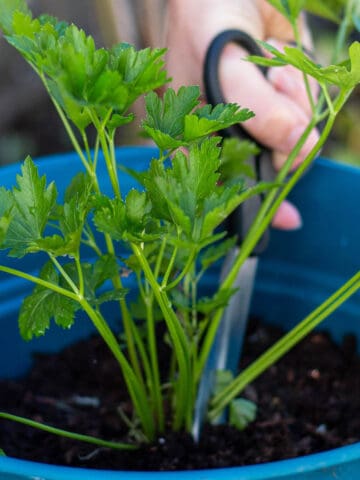
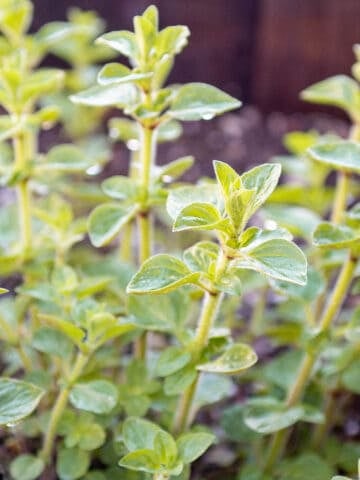
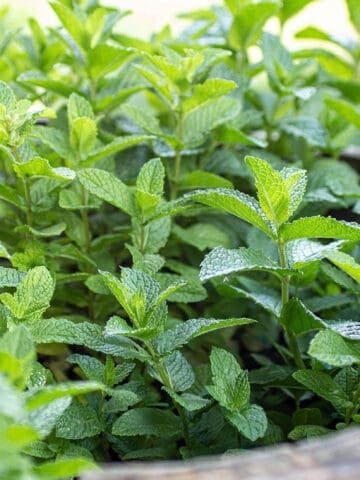
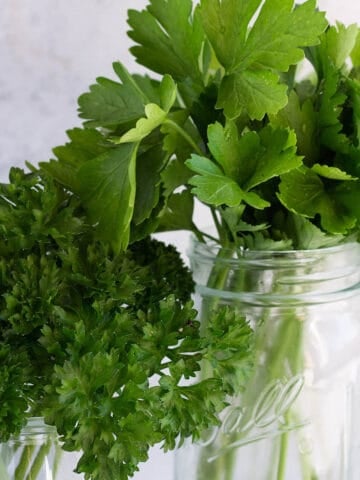
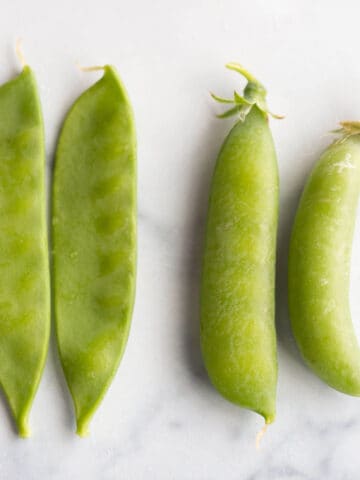
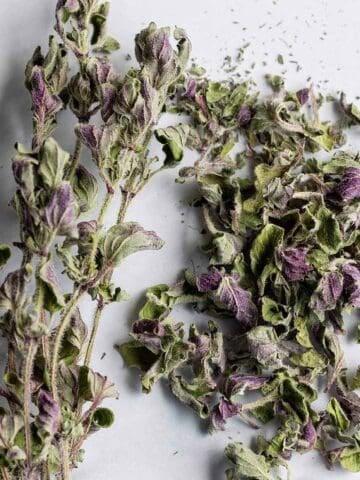
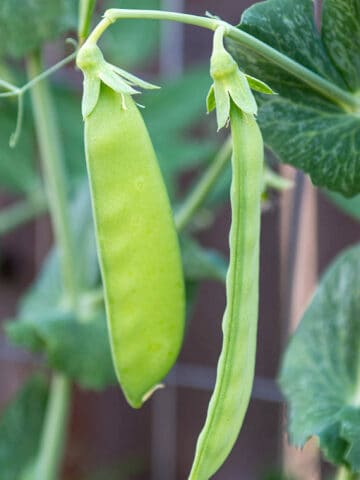

Leave a Reply